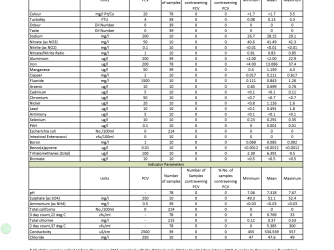First, your sand substrate is fine on its own. And given it has over a year's worth of organics (no matter how you may "clean" it, organics will still accumulate), it is excellent for plants and gives you the advantage most of us who set up tanks with new sand do not have. Just be careful how you plant, if you intend substrate-rooted plants. This could make quite a mess. What I do in such cases is clean the area I intend to plant first, meaning the exact are that will be disturbed for a plant's root system. Siphon out some of the sand in that exact spot, and use it to fill in when the plant is in.
With this in mind, you could leave the fish. This rather depends upon the fish and how much planting. If you have chunks of wood or rock that will move, the sand under these should be cleaned or you can have a real mess. And if this is extensive, moving the fish to a temporary tank may be better. I've done both. Given the stress of netting fish, and this twice, unless it will be a major upheaval they are probably best left where they are, if you can work in one area at a time. I have found them very inquisitive, and when I sit down to have a look at the area I've re-planted, most of the fish are already there checking it out. Looking for "food" primarily, but still it is nice to see.
As for fertilzers, this depends upon the plants, and they depend upon the lighting. Different species of plants have different light requirements, which in turn affects nutrient requirements to balance. We can go into this more when we have a better idea of the lighting. Substrate tabs, like Seachem's Flourish Tabs, can be sufficient for larger plants like swords. Upper plants, like floating and those not rooted in the substrate obviously will not benefit from fertilizers in the substrate, but it is sometimes amazing how many nutrients occur naturally without needing supplementation. This is where your CO2 will come from too, the breakdown of organics in the substrate. Another advantage with an older substrate.
As you are not planning on diffused CO2, you are looking at what we term a low-tech or natural planted tank. I've had these for over 20 years. Your lighting is the critical component, and if pants suited to the lighting are selected, and then nutrients supplemented if necessary, you are off to a roaring start. The GH of the source water is also worth knowing, as this is a major source of the "hard" minerals.
Byron.


